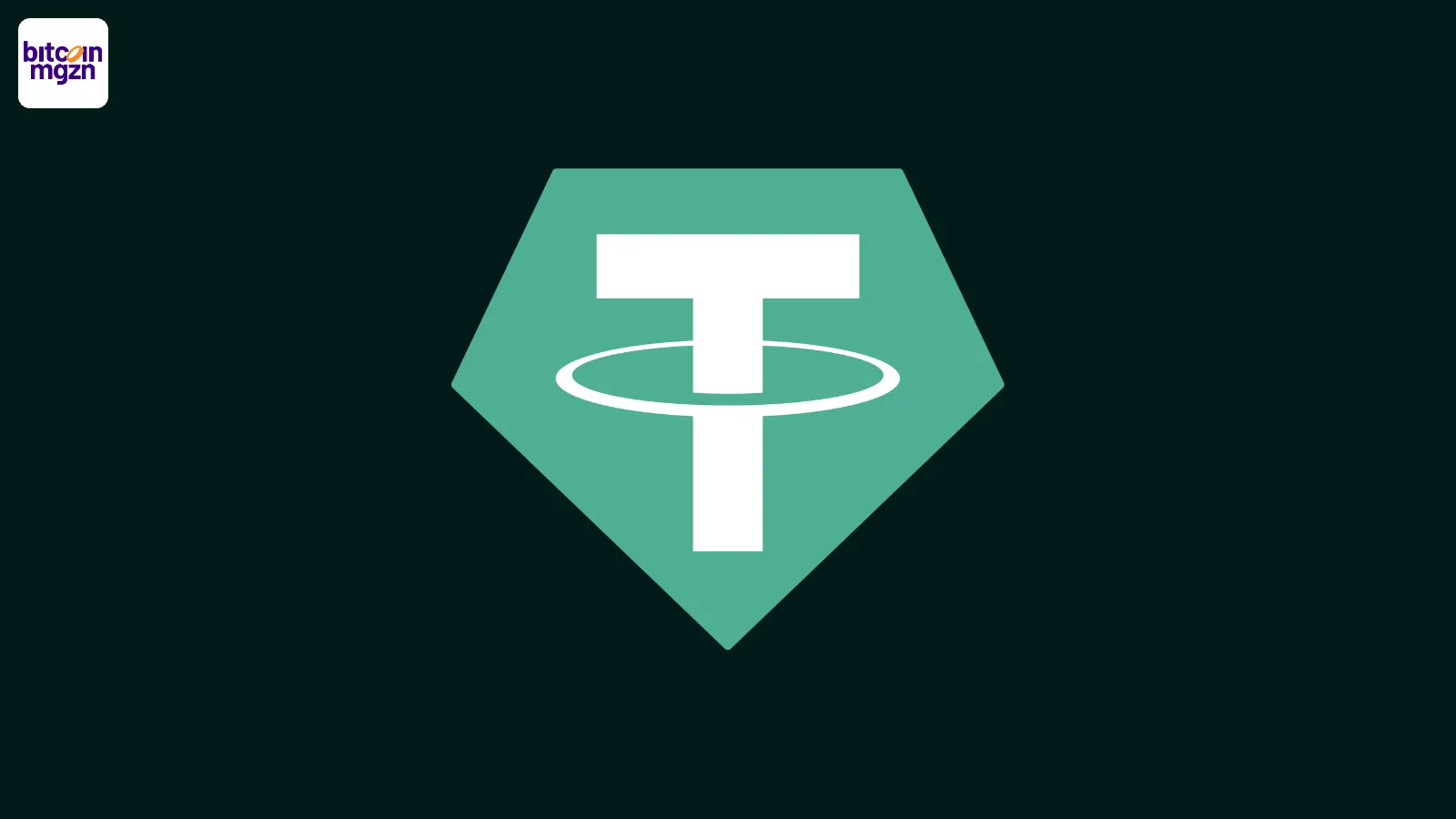In recent discussions at Token2049 in Singapore, Tether’s leadership unveiled their ambitious plans for the future of stablecoins. As the financial landscape evolves, Tether appears poised to solidify its presence in the American market with the introduction of the new stablecoin, USAT. This represents a significant shift, as the company seeks to expand its offerings amid a rapidly changing regulatory environment.
Tether’s Strategic Resurgence in the U.S.
After years of distancing itself from the U.S. financial market due to various legal challenges and hefty fines, Tether is looking to re-establish itself. The enactment of the Genius Act, a new U.S. stablecoin regulation, has changed the dynamics for cryptocurrency companies, providing a clearer framework within which they can operate. Tether’s CEO, Paolo Ardoino, emphasizes that this presents an unprecedented opportunity for growth and legitimacy.
The Future: All Currencies as Stablecoins
Co-founder Reeve Collins highlighted a visionary perspective during the event: he posits that traditional currencies like the dollar, euro, and yen could evolve into stablecoin forms by 2030. Collins asserts that this transition is not just advantageous but necessary, as stablecoins offer greater efficiency in international transactions. The advantages of tokenization include faster processing, greater transparency, and lower costs, suggesting a fundamental shift in how financial transactions occur worldwide.
The Motivation Behind Institutional Adoption
The renewed acceptance of stablecoins by U.S. regulatory bodies acts like a catalyst for financial institutions. As they grow more comfortable with these digital currencies, banks are excited about launching their own stablecoins. Collins described this movement as “opening the floodgates,” where every bank will want to create a stablecoin to serve its clients better. This trend may fundamentally change banking practices, making financial services quicker and more efficient.
Tokenization and Its Growing Importance
As more assets transition to blockchain technology, Collins believes that the benefits of tokenization—efficiency, transparency, and global trade capabilities—are increasingly being recognized. However, challenges remain, particularly regarding security. Risks such as hacking and vulnerabilities within blockchain bridges still pose threats. Despite ongoing improvements in security, Collins emphasizes the need for continuous vigilance in this rapidly evolving field.
A Glimpse Ahead
Reflecting on his meeting with former President Trump, Ardoino mentioned that this encounter accelerated Tether’s journey to becoming an official player in the U.S. market. With the introduction of USAT and the overarching vision put forth by Collins, it appears Tether is at a crucial turning point. If predictions hold true, a few years from now, traditional currencies may be replaced by their digital counterparts, with the question shifting from whether stablecoins will be adopted to how quickly this transition will unfold.
This move not only has implications for Tether but may also redefine how communities engage with money, bridging the gap between traditional financial systems and the emerging cryptocurrency ecosystem.



